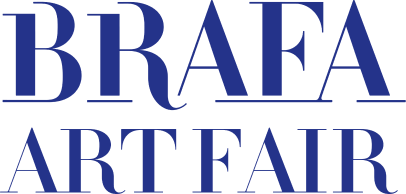IMAGE DETAILS

Artimo Fine Arts
Joseph Gott (UK, 1785–1860)
Ulysses and his dog
Life-size group in white Carrara marble
H 185.5 cm
Provenance: Most certainly ordered directly from the artist by Benjamin Rawson for the Nidd Hall Manor rebuilt in 1825; by descent: Elisabeth Rawson; by descent: Viscount Mountgarret (Sculpture still exhibited in 1902 in the Nidd Hall Manor); since 1989: property of Mr Alfred Brenner from the Brenner Verpackungen company in Germany
Literature: T. Friedman and T. Stevens, Joseph Gott Sculptor, exh. cat., Temple Newsam House, Leeds and Walker Art Gallery, Liverpool, 1972, p. 40, n° G40, pl. 39
F.S. Bonfigli, Guide to the studios in Rome... 1860, p.32
It depicts Ulysses, in a loincloth and cap, being recognized by his loyal dog Arg after a 20-year absence. This group or a plaster of this group was seen in Gott's studio in Rome by Bonfigli in 1860.
Joseph Gott (1785-1860) was one of the most esteemed British sculptors of the early 19th century, gaining international recognition. He maintained close ties to Yorkshire through his patrons, particularly his second cousin Benjamin Gott, a wealthy Leeds industrialist. After relocating to Rome in 1822, he became part of a vibrant British artistic community. Known for his unique interpretation of classicism, Gott’s works often depicted charming, intimate subjects such as playful children and animals. His style combined classical influences with a romantic sensitivity, setting him apart from his contemporaries in Rome.



 download image
download image